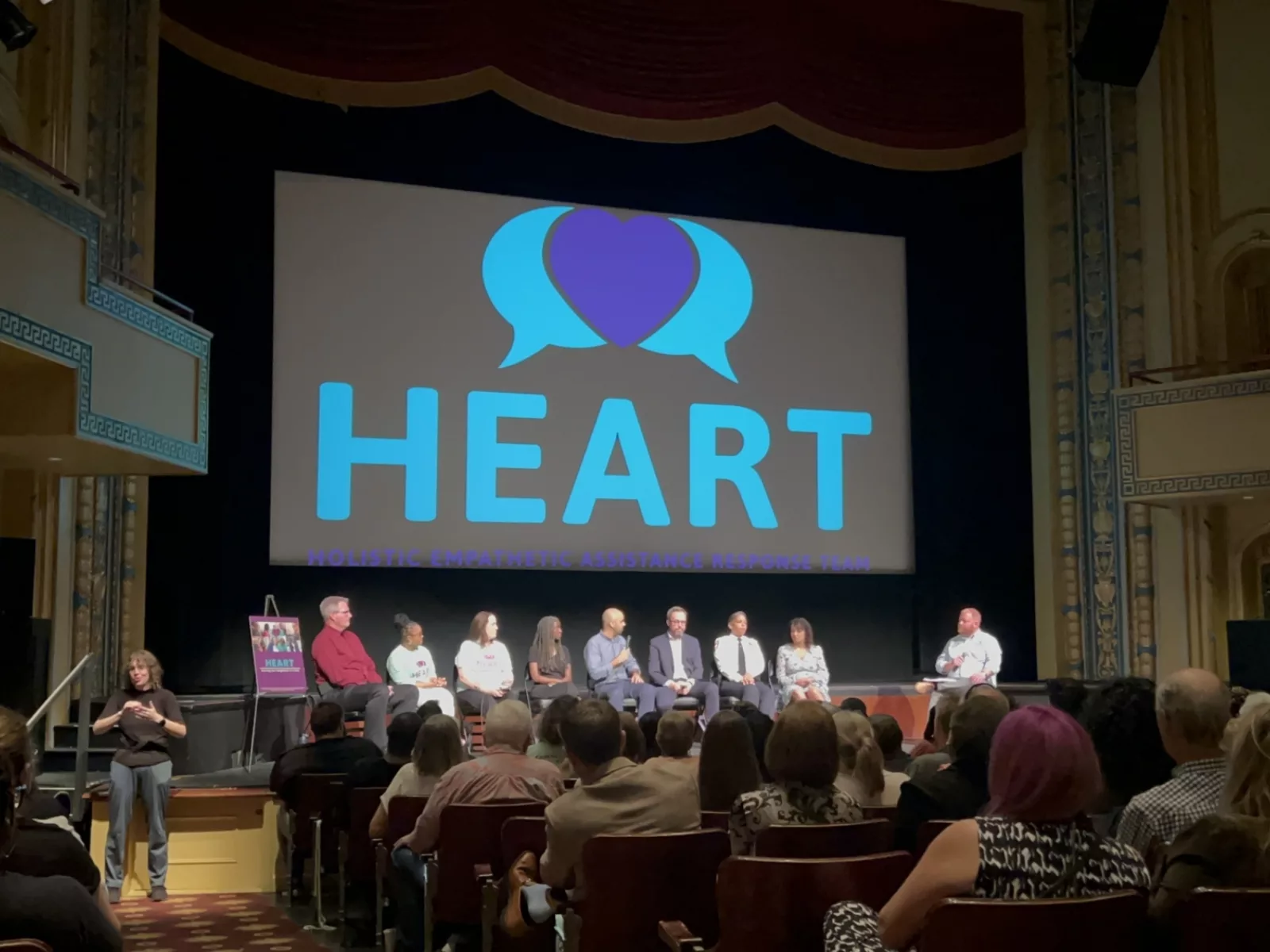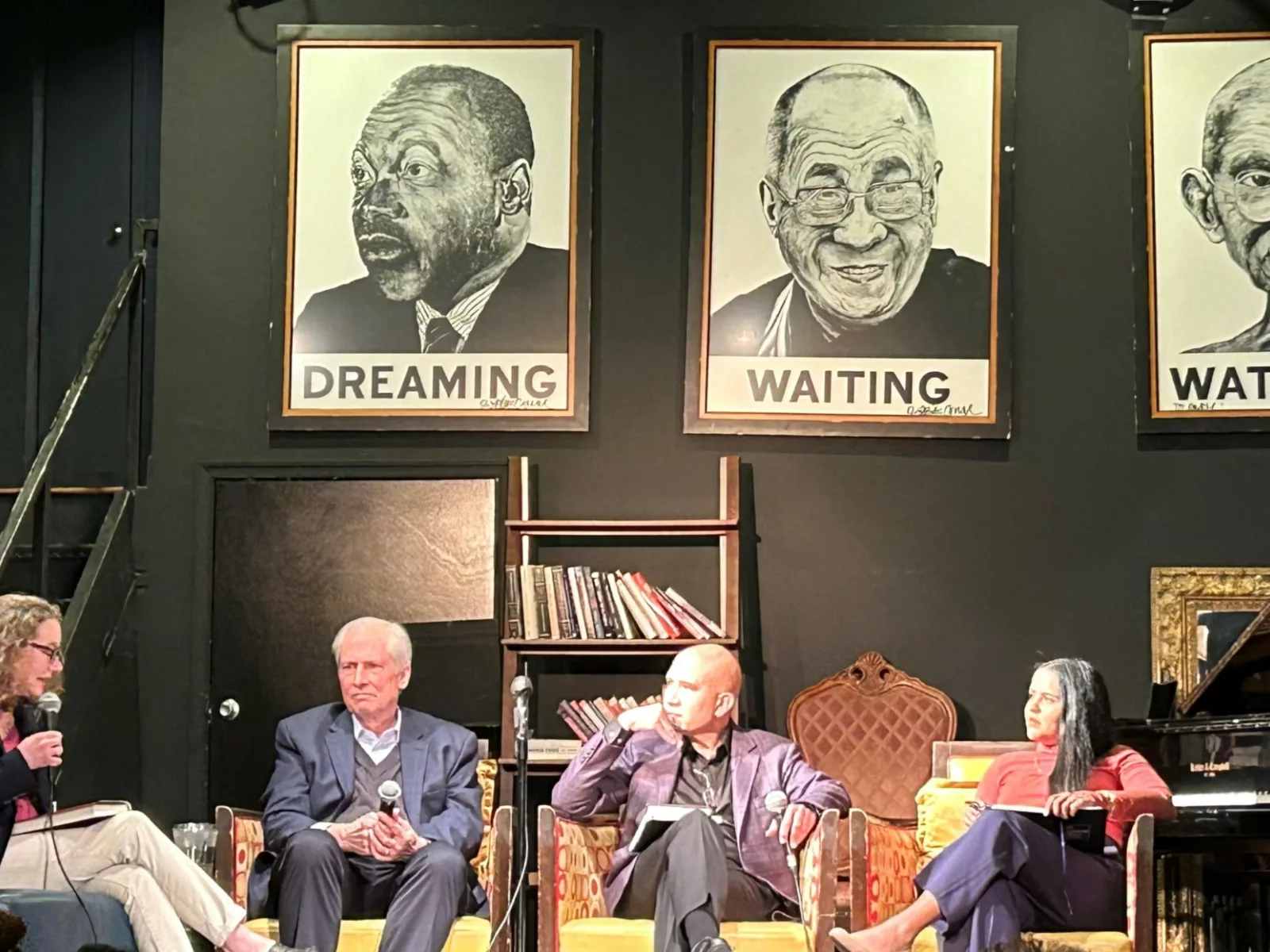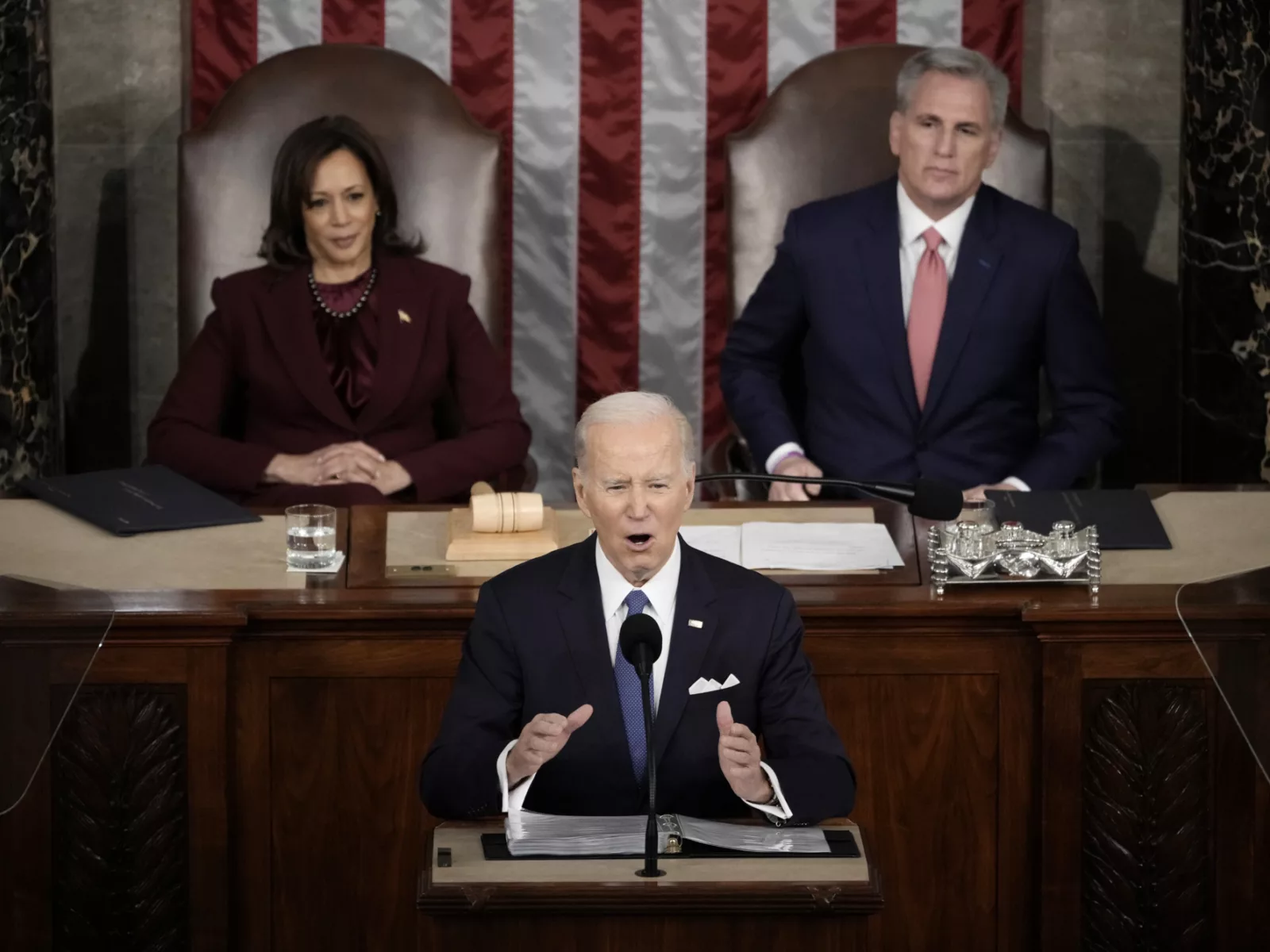In 2014, after nationwide protests against police violence were sparked by a law enforcement officer fatally shooting Michael Brown in Ferguson, Mo., activists began calling for officers to wear body-worn cameras.
Brown’s family specifically asked that “every police officer working the streets in this country wears a body camera.” President Barack Obama rolled out a $75 million proposal to expand these programs across the country. Five years later in 2019, it was estimated that a majority of law enforcement departments used body-worn cameras. A writer for The Atlantic called it “the most significant reform to follow the fatal police shooting of Michael Brown.”
And yet, as the death of George Floyd under the knee of Minneapolis police leads the nation to yet again confront police violence and brutality, it has become increasingly clear that body-worn cameras were not the fix that some had hoped — or promised.
Police departments have used body-worn cameras for 10 years in the United States. There’s evidence that cameras resulted in fewer civilian complaints against officers. The camera systems provide a way for police departments to investigate misconduct complaints, audit their officers, and improve training. The terabytes of data collected created vast opportunities for research — much of which has yet to be conducted.
Those results make the technology a net positive, but body-worn cameras still fail to meet many of the high expectations that advocates once set about ending police misconduct or improving community relations. So far, there is no strong evidence that body-worn cameras “reduce the frequency of excessive or unnecessary force, unlawful searches and frisks, unlawful arrests and officers refusing to show their ID upon request.”
So, what do we know about body-worn cameras?
Divergent and Inconsistent Outcomes
In January 2020, Arnold Ventures partnered with the National Police Foundation to host a one-day conference that explored the lessons learned from a decade of using police body cameras, both through scientific research and law enforcement practice.
The general consensus was, ironically, that there is little consensus. Research hasn’t been consistent in demonstrating a significant effect on how body-worn cameras affect officers’ use of force, arrests and citations, and officer proactivity. The measured outcomes and department experiences are at times divergent or conflicting.
“Arnold Ventures has funded a bit in this space, but there is still so much we simply do not know about the utility of body-worn cameras” said Nikki Smith-Kea, Criminal Justice Manager at Arnold Ventures. “In the grand scheme of things, this is still a fairly new technology and we still haven’t studied all the relevant issues.”
Arnold Ventures currently has three active grants on body-worn cameras and has supported 11 studies on the topic since 2015. The conference focused on three of these studies — randomized controlled trials that studied victims’ reactions to, awareness of, and perceptions of the body-worn camera programs in local law enforcement agencies:
- The Police Executive Research Forum (PERF) worked with the local police department in Arlington, Texas to help measure the impact of body cameras on people’s perceptions of procedural justice.
- The Urban Institute conducted studies in Milwaukee, Wisconsin and Anaheim, California to determine people’s knowledge about body-worn cameras and how the cameras affect people’s trust in police.
- The National Police Foundation conducted a study that relied on field interviews to determine whether different police practices affect people’s responses to cameras.
All three studies came to the same conclusion: Cameras had little impact on people’s perceptions of law enforcement, and more research was needed.
Many people didn’t notice cameras. Some people said they saw cameras when they weren’t actually there. In the end, officer behaviors mattered more than cameras themselves.
“There is no quick fix to the problems in policing today,” said Smith-Kea. “It cannot be fixed by one technology.”
Academics and law enforcement leaders have also reached another conclusion about cameras — they’re expensive. The upfront cost of the hardware is only the beginning. Data storage, evidence-handling and routine administration are among the many hidden costs that body-worn cameras impose on police departments and communities.
In fact, at least one small law enforcement agency has testified this year that it has a box full of body cameras that officers cannot use because the local government refuses to pay for data storage costs.
Fewer Complaints Against Officers
On the positive side, however, cameras have also been found in many circumstances to reduce complaints against officers. While it isn’t clear what is driving this outcome, officers have stated they think that cameras help prevent frivolous complaints. There is no empirical evidence backing this conclusion to date, but that doesn’t mean the effect doesn’t appear in the data. The study supported by Arnold Ventures in Arlington found that officers wearing body cameras did have 38 percent fewer citizen complaints. Similarly, the Milwaukee study found that officers who wore cameras were less likely to receive complaints compared to officers who did not receive cameras.
In fact, CNA’s Center for Justice Research and Innovation found that the implementation of the Las Vegas Police Department camera program led to a decline in complaints so great that the associated cost savings offset the cameras’ burden on the police budget.
“Our study documented a dramatic and significant reduction in complaint investigations as a result of introducing body cameras in the Las Vegas Police Department — more than enough to pay for program costs,” said Chip Coldren, Director of Center for Justice Research and Innovation, CNA, at the National Police Foundation conference. “But it’s important to realize that you’re not going to achieve those reductions every year. Even if you start with great results and great savings, they will diminish over time.”
There is no quick fix to the problems in policing today. It cannot be fixed by one technology.Nikki Smith-Kea Criminal Justice Manager at Arnold Ventures
That tempering of expectations remains a critical part of understanding what law enforcement professionals and researchers have discovered about body-worn cameras over the past decade. The devices offer incredible potential, but all too often their functions don’t match with intended policy goals. Nevertheless, body-worn cameras have become an expected tool for police departments, not necessarily because of the services they offer, but because camera programs have become a political norm.
“Ask yourself, what are you trying to achieve in adopting [body-worn cameras]?” asked Dr. Cynthia Lum, Professor of Criminology, Law and Society at George Mason University, at the conference. “For a lot of chiefs, it’s a political reason. They have to buy them. If so, that’s fine, but I don’t think they should rely on this technology to improve police-community relations. It might help you develop measurements or a better understanding of what that relationship looks like on an individual basis … [but] I don’t think technology is the answer.”
But that doesn’t mean researchers are pessimistic about cameras. The devices have a key role to play in supplementing a strong internal accountability infrastructure.
“I think the big potential that is just beginning to be tapped is supervisors using recordings to audit officer behavior,” said Rob Davis, Chief Social Scientist at the National Police Foundation. “We are hoping to begin a project next year to create computer software to automate the process of reviewing officer behavior through body camera recordings. If this is successful, it could be a game changer — and, as a bonus, could be used to develop department-wide scores on indices of procedural justice that could be compared across time periods and across departments.”
A Federal Push for Cameras
Research up to this point has demonstrated the limits of what cameras alone can accomplish in policing. Law enforcement leaders and academics have learned that there are no simple solutions — no single technology or training that will deliver the justice that people demand and have a right to.
As the nation yet again debates the next steps in rethinking and reforming police, body-worn cameras are still a part of the conversation. The Justice in Policing Act of 2020, which has more than 200 Democratic cosponsors in the House, mandates body cameras for federal law enforcement officers. Currently no federal uniformed police wear body cameras, nor are cameras installed in marked federal police vehicles. Meanwhile, the Senate bill establishes a federal grant program for body-worn cameras, which mandates that fund recipients develop policies and procedures with community input in accordance with best practices.
“Recent events have sadly shown how important body cameras are for transparency and accountability following acts of police violence,” said Rep. Don Beyer (D‑VA), who originally cosponsored the camera mandate as a stand-alone bill.
Meanwhile, Arnold Ventures has supported a new systematic review of existing body-worn camera research to be published by the Campbell Collaboration later this summer.
“After ten years of using body-worn cameras, we’re starting to realize that it’s not just about looking for the right answers — but also asking the right questions,” said Asheley Van Ness, Arnold Ventures Director of Criminal Justice. “Hopefully, as we build the evidence base we’ll start to have the practical information that police agencies, municipalities, governments, and citizens need to understand how we can best use this technology.”
This piece was updated on July 9, 2020.






















